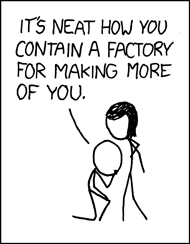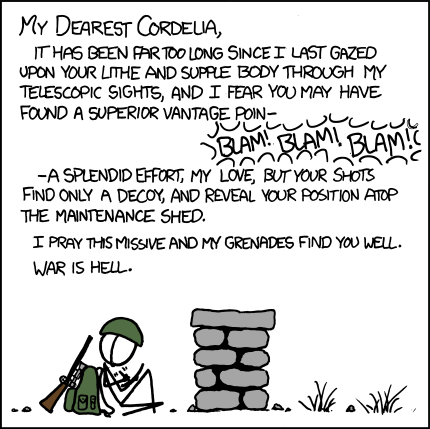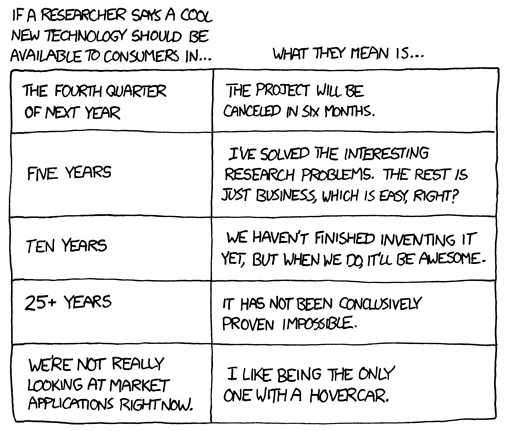The scene in which John and Denise Archibald are hearing the news about Michael from the hospital employees stood out for me. The setting of the scene is a conference room with a rather large table for five people. When they first sit down, we can see the tension that is about to arise because of where they sit: the Archibald's on one side and supervisor Rebecca Payne, Dr. Raymond Turner, and Dr. Ellen Klein on the other.
Dr. Turner straightforwardly tells the Archibald's what is wrong with his heart, "There are septal defects here, here, and here, which have induced a myopathy resulting pulmonary edema, and malignant ventricular ectopy." Clearly, the Archibald's are not going to understand those medical terms, and John even asks him to rephrase in layman's terms. The ethos in this scene is overwhelming. Two doctors are telling John and Denise that Mike is dying. John and Denise are going to believe the doctors that have professional background knowledge about health. The pathos hits the audience when we see Denise break down into tears and John's eyes start to water. The audience can relate to this scene because everyone either knows the pain of losing a loved one or they can imagine how painful it must be to lose someone they love. When Payne tries to convince the Archibalds that they should accept Mike's short future and say goodbye, the tension builds between the Archibalds and the hospital. The audience also feels some frustration with Payne because of her lack of sympathy and consideration towards the Archibalds and their nine year old son. But even though she is trying to make them let him go, John asks Dr. Turner what he would do if it was his son instead, which brings back the ethos of the scene. Given the two options, both with very high risks of death, John turns towards the doctor for advice because of his status and education.






